Every dynasty begins with a rhythm. In Nigeria, that rhythm has never belonged to one artist or one era—it has lived in the air, in the streets, and in the heartbeat of the people. Long before the world called it Afrobeats, Lagos nights were alive with drums that spoke louder than words, guitars that carried joy across crowded compounds, and voices that turned everyday struggles into anthems of survival.
- Afrobeat’s Revolution – The 1980s
- Experimentation and the Transitional 1990s
- The Big 4 Era – 2000s Commercial Mastery
- The Big 3 Era – 2010s to Present
- Globalization and Digital Domination
- Influence of the Past: Lessons Carried Forward
- Collaboration as Cultural Currency
- Afrobeats as a Global Phenomenon
- The Next Wave: Sustaining the Dynasty
- Conclusion: A Legacy Forged in Rhythm
From smoky clubs in Surulere to cassette decks spinning in yellow buses, the sound refused to fade. It shifted with every decade, adapting, reinventing, growing bolder. What began as a groove in the 1980s grew into a movement in the 2000s, and by the 2010s, it had become something larger than anyone had imagined: a Nigerian pop dynasty.
Each generation added its own brick to the empire. Some laid the foundation with raw, unfiltered energy; others built towers with melody and ambition; and the latest guarded the gates of global recognition. Yet, the thread connecting them all was the same—the desire to make music that could outlive its makers.
This is not just the history of genres or the timeline of stars. It is the story of sound passed down like inheritance, of microphones becoming crowns, of stages turning into kingdoms.
To grasp Nigerian pop today, you must trace the rhythm back through its eras—the fearless innovators of the 80s, the architects of the 2000s, and the rulers of the Big 3 era who turned local sound into global language.
This is how a beat became a dynasty.
Afrobeat’s Revolution – The 1980s
The Pulse of Lagos Streets
In the early 1980s, Lagos was chaotic yet electric. Military rule cast a long shadow, but the streets pulsed with life, music, and rebellion. The clubs, bars, and hidden shrines were sanctuaries where rhythm became resistance. Music was a weapon, a voice, and a prayer.
Fela Kuti: The Revolutionary Beat
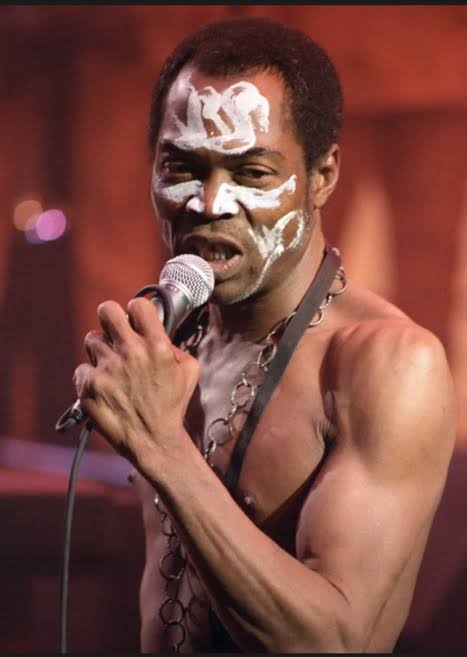
At the center of it all was Fela Anikulapo Kuti. His horn arrangements, polyrhythms, and politically charged lyrics created more than songs—they created movements. Tracks like Zombie and Sorrow, Tears and Blood were soundtracks of protest, echoing through smoky clubs and crowded streets. At the Afrika Shrine, percussionists layered hypnotic rhythms, dancers moved like extensions of the music, and audiences became living instruments themselves.
Fela’s influence extended far beyond the stage. Young musicians observed his discipline, his orchestration, and his fearless defiance. Afrobeat became a blueprint for future generations, teaching them that music could be complex, danceable, and socially conscious simultaneously.
Pioneers Beyond Fela
While Fela dominated the narrative, artists like Orlando Julius and Manu Dibango were expanding the musical landscape. They fused highlife, jazz, and funk, showing that African music could resonate globally without losing its soul.
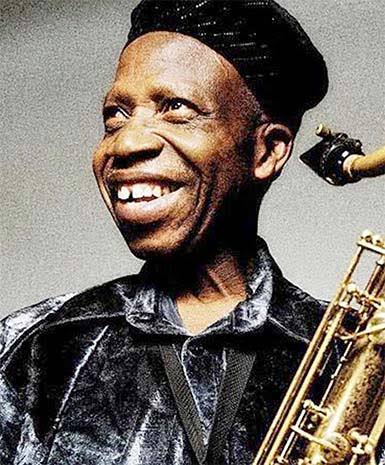
By the end of the decade, a generation of Lagos youth was learning to fuse rhythm with storytelling, preparing the ground for pop music’s next evolution.
Experimentation and the Transitional 1990s
Global Influence Meets Lagos Streets
The early 1990s were a time of experimentation. Military rule persisted, but Lagos’ youth were hungry for new sounds. Cassette tapes and VCRs brought Michael Jackson, Janet Jackson, and Bobby Brown into Nigerian homes. This exposure catalyzed fusion experiments, blending Afrobeat with R&B, hip-hop, and Yoruba storytelling.
The Rise of Plantashun Boiz, The Remedies, Daddy Showkey, Early 2baba
2Baba, alongside his peers in Plantashun Boiz, plus The Remedies, began experimenting with smooth harmonies and localized R&B. Cramped studios in Surulere and Ajegunle became incubators for innovational sounds like galala by Daddy Showkey, Marvelous Benji and the rest. Each recording session was both a test of skill and a statement of identity.
Street Culture as Music School
Neighborhood dance competitions, school concerts, and small nightclub performances honed stagecraft. Aspiring artists learned to command audiences, improvise, and merge global influences with local rhythms. This era may not have produced international hits yet, but it forged a generation of artists ready for the commercial explosion to come.
The Big 4 Era – 2000s Commercial Mastery
2Baba: From Lagos Streets to Global Recognition

Emerging from the experimental 90s, 2Baba polished his craft. Studio sessions were meticulous. Every chord in African Queen was designed to celebrate African identity while appealing internationally. His ability to merge storytelling, rhythm, and melody set the standard for Nigerian pop.
P-Square: Performance as Power
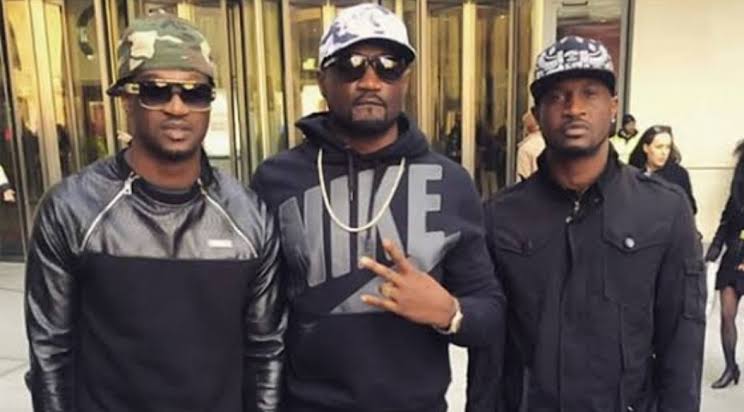
Peter and Paul Okoye redefined showmanship. Their choreography, harmonies, and music videos turned Lagos neighborhoods into stages of aspiration. Fans didn’t just listen—they emulated and embodied the energy, projecting Lagos culture across Nigeria.
D’banj and Don Jazzy: The Koko Chemistry
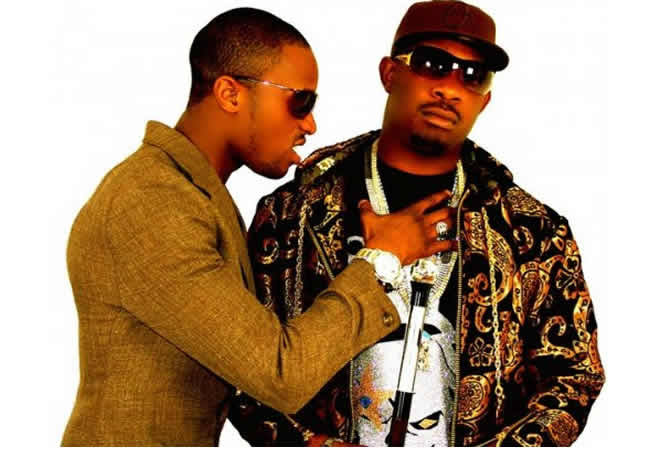
Mo’ Hits Records became a creative powerhouse. Tracks like Oliver Twist fused Afrobeat’s rhythm with pop hooks, hip-hop bravado, and danceable beats. Studio nights were intense, often lasting until dawn, as D’banj’s playful vocals met Don Jazzy’s meticulous production.
9ice: Cultural Anchoring
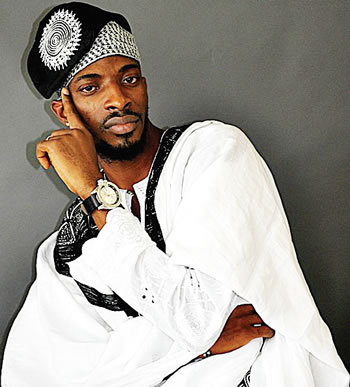
Amid commercial success, 9ice infused Yoruba proverbs and storytelling, reminding audiences of cultural roots. His music ensured that pop’s commercial rise didn’t erase heritage.
Lagos: The Crucible of Talent
Rivalries, late nights, and relentless experimentation created a dynasty-ready environment. The Big 4 didn’t just produce hits—they built a framework for future generations to thrive.
The Big 3 Era – 2010s to Present
Wizkid: Smooth Global Ambassador
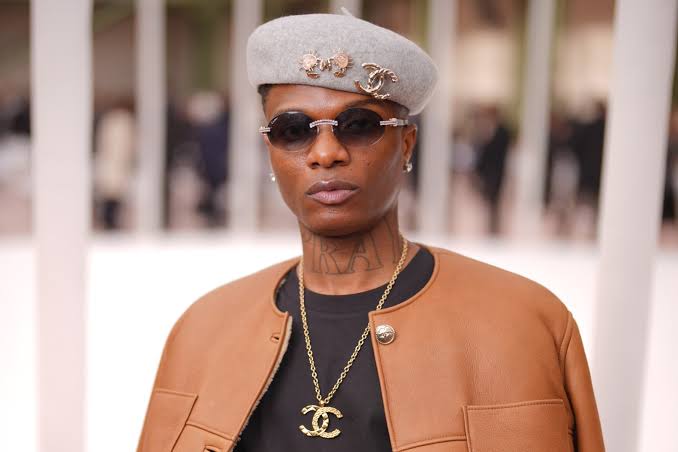
Ayodeji Balogun, known as Wizkid, carried Lagos’ rhythms worldwide. His silky vocals, perfected in cramped studios, merged Afrobeat, R&B, and dancehall. Hits like Holla at Your Boy and collaborations with Drake and Beyoncé showcased the global readiness of Nigerian pop. Live performances became immersive experiences, connecting Lagos’ streets to the world stage.
Davido: Raw Energy and Emotion
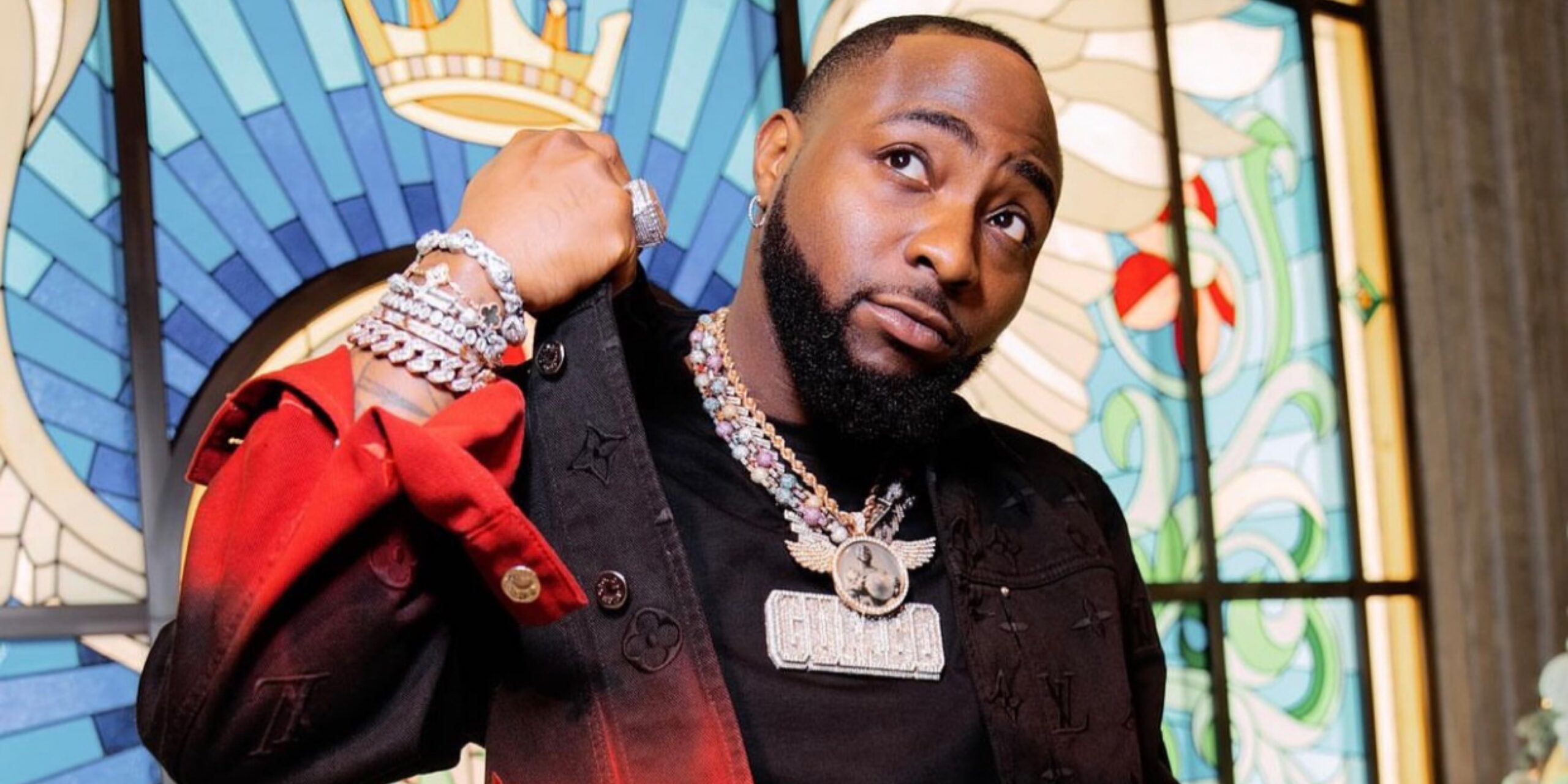
David Adeleke, or Davido, thrived on passion. Studio sessions were chaotic, loud, and energetic. Tracks like Fall and If became anthems, energizing youth and bridging local and international audiences. He embodied the street-smart yet globally ambitious Nigerian artist.
Burna Boy: The African Giant
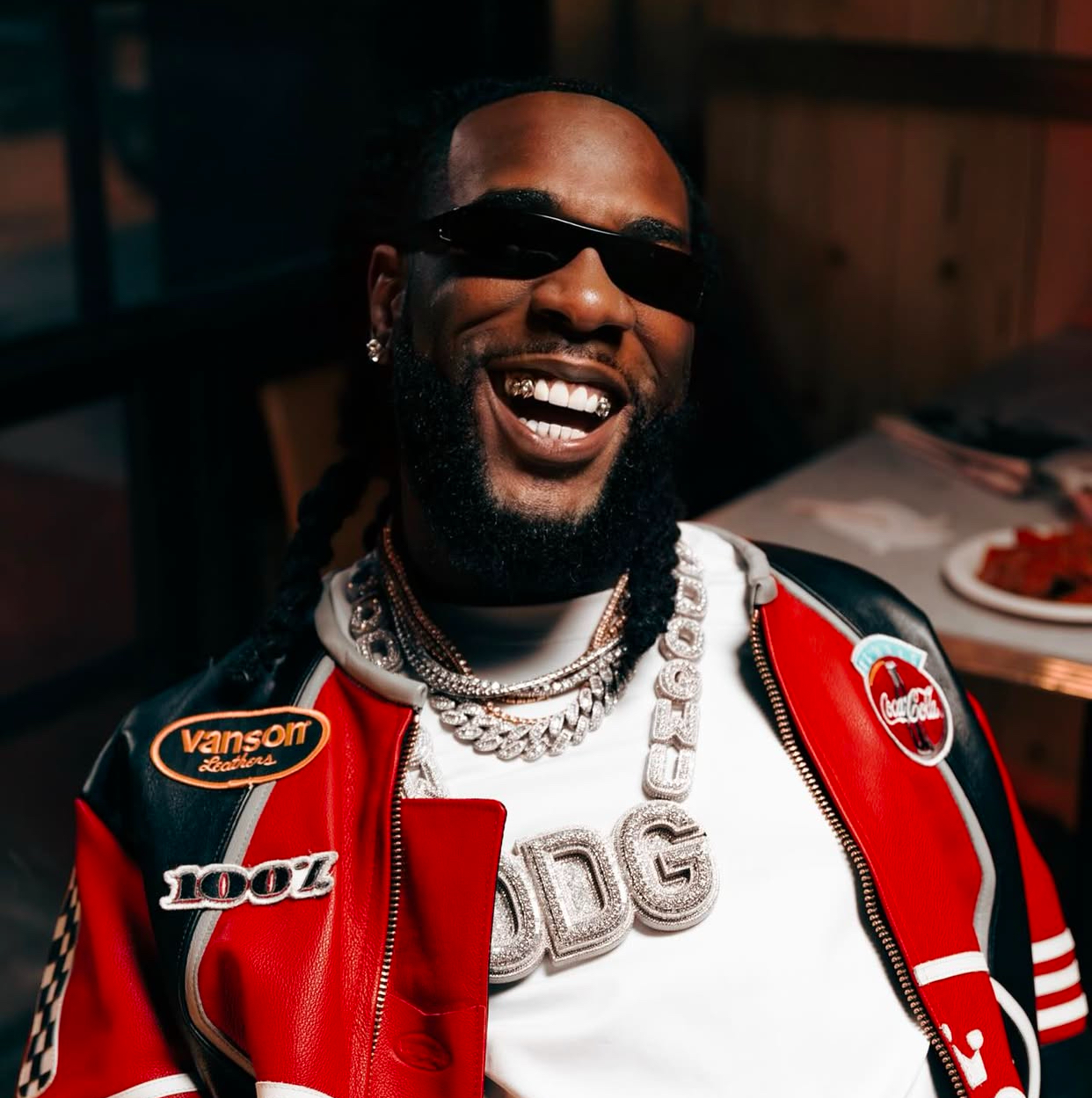
Burna Boy fused Afrobeat, dancehall, and reggae with lyrical depth. Albums like African Giant and Twice as Tall earned Grammy recognition, confirming Nigerian pop as a serious global force. His music spoke of identity, politics, and culture, appealing to both domestic and international fans.
Olamide, Kizz Daniel, and the Emerging Wave
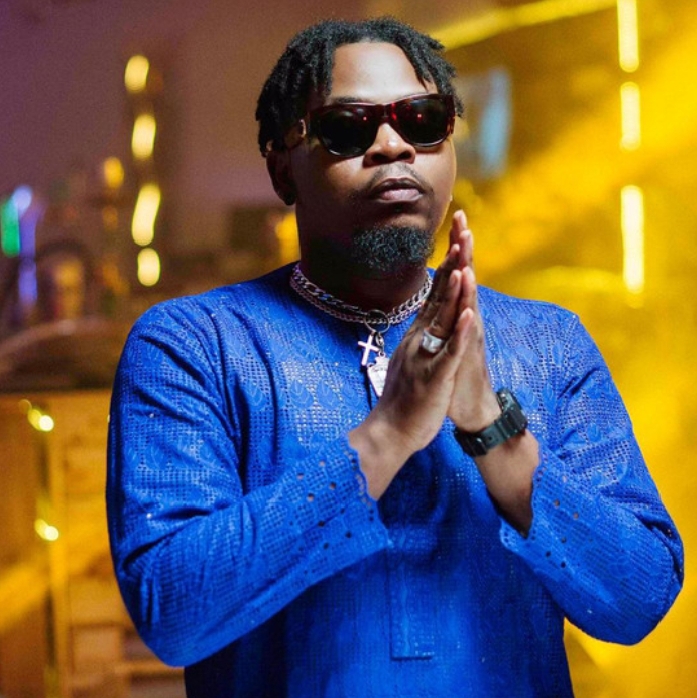
While the Big 3 dominated, Olamide’s Yoruba rap and Kizz Daniel’s melodic versatility kept the domestic scene vibrant. Also artists like Tekno, Runtown, Tiwa Savage, Asake, Rema and Tems ensured the dynasty’s continuity, proving Nigerian pop’s pipeline was far from exhausted.
Globalization and Digital Domination
Streaming platforms, social media, and international festivals gave Nigerian pop unprecedented reach. The Big 3 leveraged these tools, merging Lagos street authenticity with global production standards, creating a dynasty with worldwide influence.
Influence of the Past: Lessons Carried Forward
The Big 3 did not emerge in isolation. Wizkid and Davido grew up hearing Fela’s political bravado and 2Baba’s melodic storytelling, understanding that music could carry both message and mass appeal.
Burna Boy in a way observed P-Square’s perfectionism on stage and in videos, learning how choreography, visuals, and branding were as important as the music itself. The Odogwu crooner fused it with reggae and Afrobeat to tell stories of identity and social consciousness.
Music stars like Asake, Seyi Vibez internalized 9ice’s use of Yoruba culture.
This continuity of influence created a lineage of sound and style, linking Afrobeat’s revolutionary roots to the polished global pop that now defines Nigerian music. Every chord, rhythm, and lyric was informed by decades of experimentation and mentorship.
Collaboration as Cultural Currency
One of the defining characteristics of Nigerian pop’s dynasty is collaboration. Music stars have often featured each other in tracks, some had global collaborations with foreign stars like Beyoncé, Stormzy, Sam Smith, showcased Nigerian creativity to international audiences. These collaborations are not just strategic—they signal a shared vision of a Nigerian music dynasty, bridging generations and geographies.
Producers, too, have played a pivotal role. Don Jazzy, Sarz, Shizzi, and Pheelz act as custodians of the sound, mentoring younger producers like London, Rexxie, and Juls, ensuring that innovation continues alongside continuity.
Afrobeats as a Global Phenomenon
The Big 3 era turned Nigerian pop into a global commodity. Festivals in London, New York, and Paris now feature sold-out shows headlined by Wizkid, Davido, and Burna Boy. Streaming platforms place Afrobeats in playlists alongside Justin Bieber, Drake, and The Weeknd. Social media amplifies the sound further, with viral dance challenges and memes spreading the music worldwide.
Yet, even as Nigerian pop globalizes, it retains its Lagosian soul: street-level narratives, local slang, Yoruba and Igbo inflections, and the rhythmic heartbeat of Afrobeat still form its foundation. The dynasty thrives because it balances global ambition with local authenticity.
The Next Wave: Sustaining the Dynasty

Beyond the Big 3, a new wave of artists—From Rema, Tems, Asake, Ayra Starr Fireboy DML to Fola, Shallipopi, Odumodublvck —carry the torch. They are deeply influenced by both the Big 4 and Big 3, blending R&B, hip-hop, and Afrobeats while experimenting with soundscapes that appeal to international audiences.
This next generation ensures the dynasty’s continuity, proving that Nigerian pop is not a moment—it’s a movement. Studios, streets, and festivals remain training grounds, just as they did for Fela, 2Baba, and P-Square decades ago.
Conclusion: A Legacy Forged in Rhythm
From Fela’s revolutionary drums to 2Baba and P-Square’s commercial mastery, and finally to Wizkid, Davido, and Burna Boy’s global reign, Nigerian pop has evolved into a living dynasty. Lagos streets, small studios, nightclubs, and international arenas form the arteries of this cultural empire. Each era passed the baton to the next, ensuring continuity, mentorship, and evolution.
Today, Nigerian pop is not just music; it is identity, pride, and global influence, a dynasty still in motion, with new generations ready to inherit the rhythm and continue the story.














